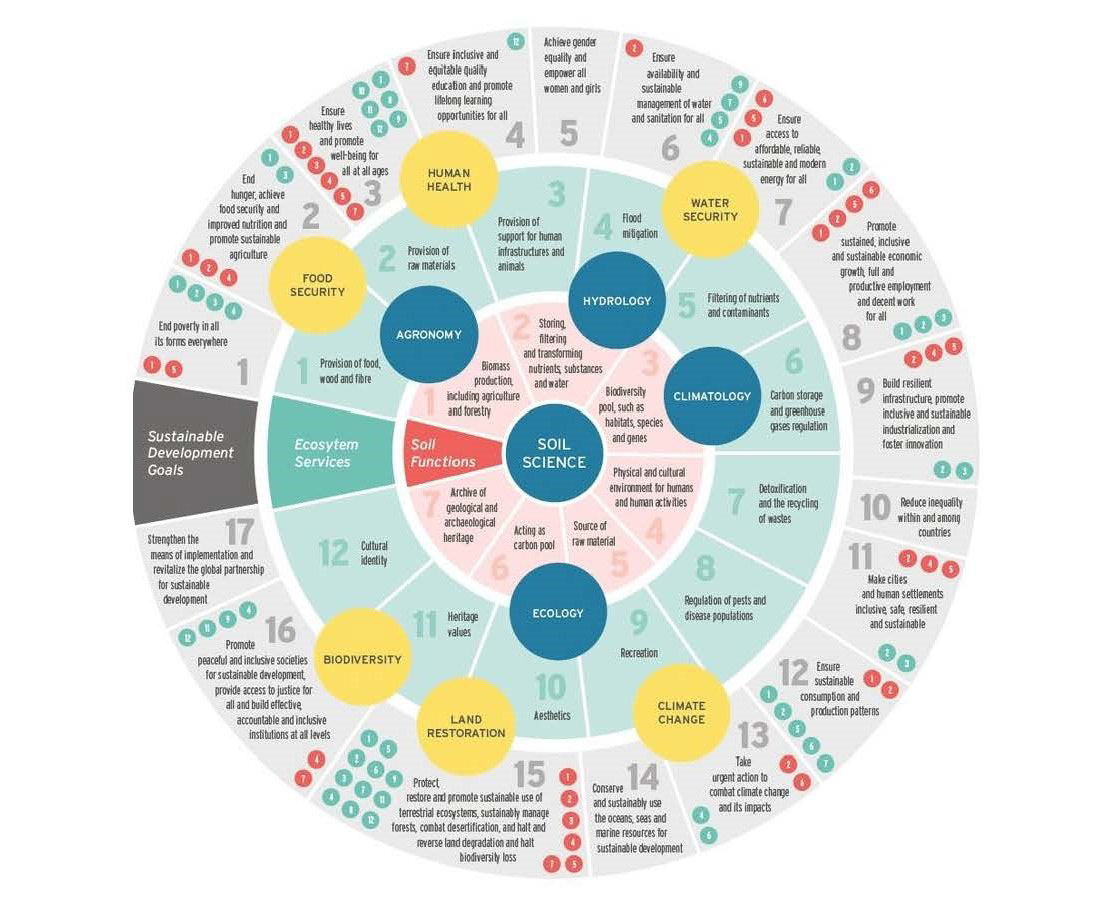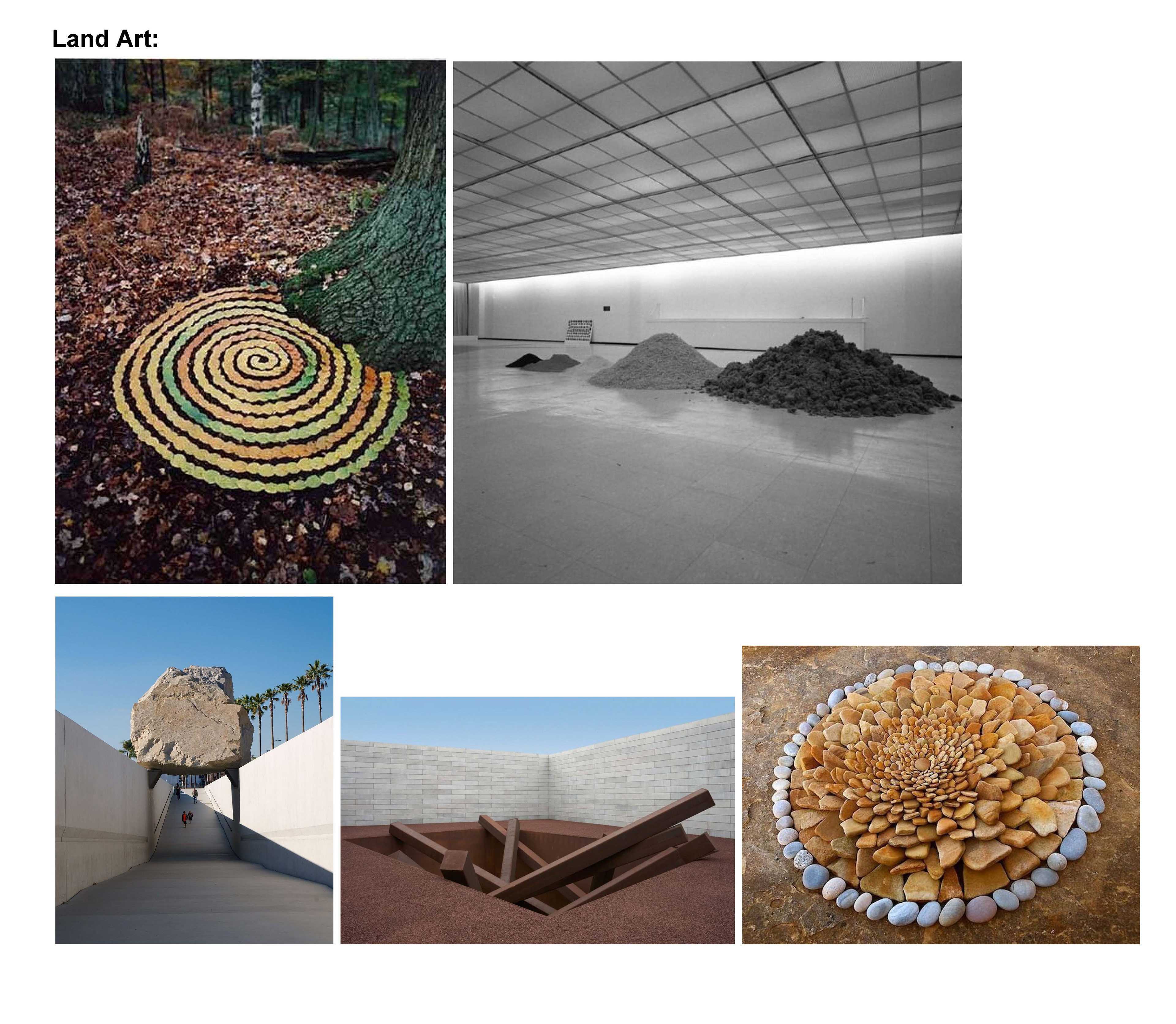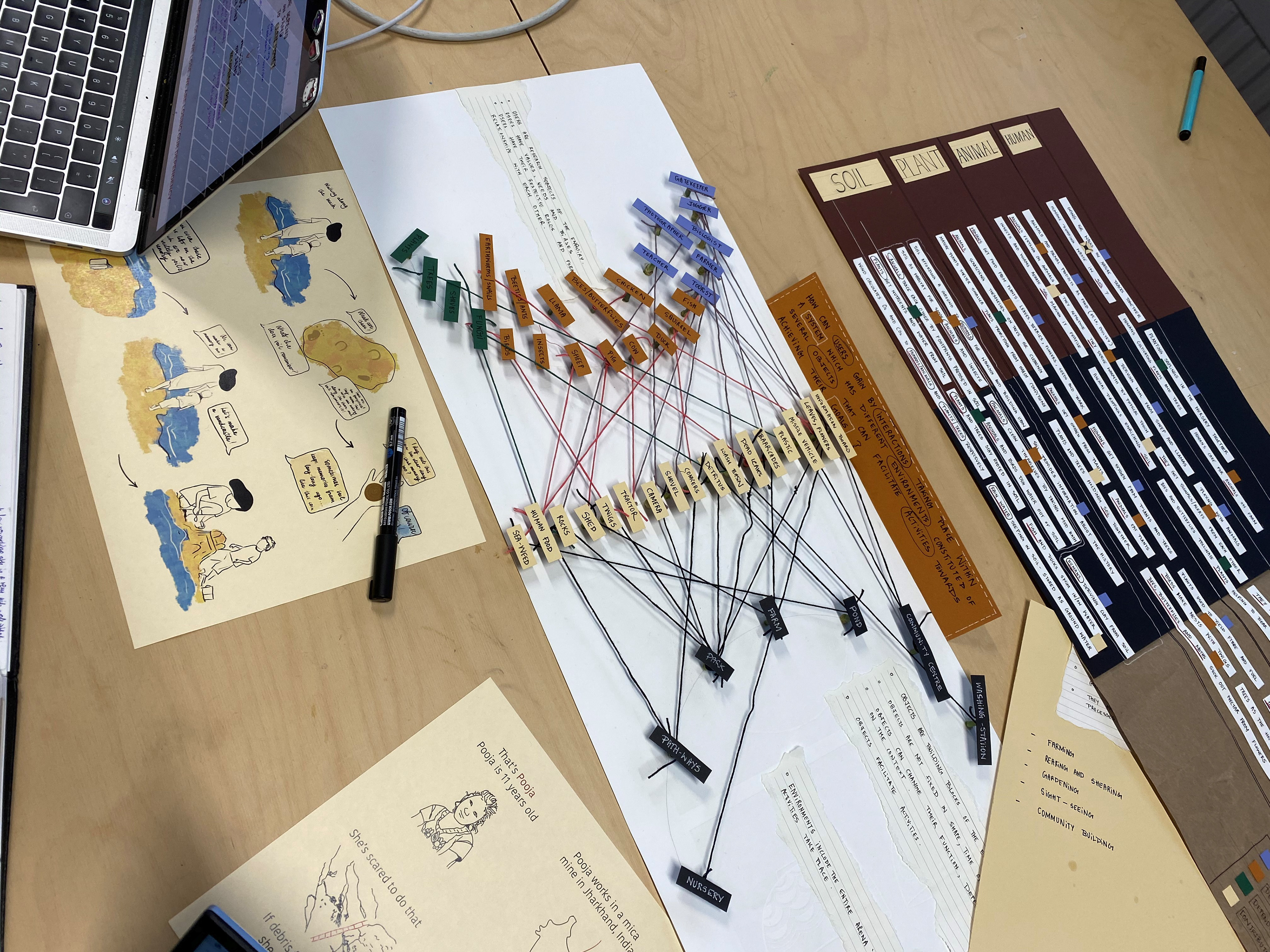27th November - 3rd December
Group B: Sue An, Ula Rodakowska, Sanya Nayar, Kate Chernysheva
Research Methods: Speed dating & AEIOU
Group B: Sue An, Ula Rodakowska, Sanya Nayar, Kate Chernysheva
Research Methods: Speed dating & AEIOU
brief: Design an experience that explores planetary soil dependence
SECONDARY RESEARCH
We kicked off the project by doing some individual preliminary research before gathering together and combining our knowledge. Some of the questions we first asked ourselves were ‘What is the difference between soil and dirt?’, ‘What is soil made of?’, ‘What are the uses of soil and its importance?’
Soil is used as a medium of plant growth and water storage. It is crucial for producing fibre and fuel and is a major component of the Earth’s ecosystem. To keep everything we find in place, we created a google document where we collected all of the interesting facts and important information.



Screenshots from the google doc we created. All images taken from online sources.
AEIOU: PROCESS
Our next step was to conduct our own research using the suggested research method of AEIOU (Activities, Environments, Interactions, Objects and Users). To do so we visited the Mudchute Farm. We thought it was an interesting location and our intuition didn’t fail us as we observed an abundance of activities, interactions, users and objects which gave us a good grasp of information.













Pictures taken at the Mudchute farm. Taken by Kate.
IDEATION
From our findings at the farm we continued to brainstorm and ideate.
Sketch of our ideas for AEIOU research method created during a discussion. Created by Sue.
As a result we looked into soil as a building material for ants, termites and other living creatures.
Some of the examples of nest building we looked at during research. Moodboard created by Ula. All Images taken from online sources.
We had division of workload and everyone chose a task they were most interested in. Sue, Ula and I each chose a storyboard to make and Sanya had a vision on how to present our AEIOU.
AEIOU: OUTCOME




The outcome of our AEIOU research method. Created by Sanya.
STORYBOARDS
Bearing in mind both our secondary and primary research we identified 3 main ideas that we felt passionate about.
IDEA 1:
We found that while soil and dirt are different, they are parts of the same cycle. Soil is a combination of minerals, water and other living matter, whereas dirt is soil that is out of place, like mud on your shoes. From this we derived our first idea of a soil and dirt infinity loop.
Infinity loop sketch created by Sue.
Storyboard to represent our first idea of the infinity loop. Illustrated by Sue.
IDEA 2:
Upon discovering different footprints at the farm we realised that soil is also a storage of memories. According to Targulian and Bronnikova (2019) “unlike human memory, soil memory does not “die” if the soil is not destroyed by erosion. If the soil is buried deep in sedimentary or volcanic rocks, then it retains (in whole or in part) its body and its memory.”
Storyboard to represent our second idea of soil as memory storage. Illustrated by Kate.
IDEA 3:
We were interested in looking at soil as something we depend on to build, grow and progress.
Storyboard representing our third idea on soil dependency. Illustrated by Ula.
SPEED DATING
Upon completing our stories we each presented the boards to a group of people and asked to rank them from what they related to the most to least. The results were very inconclusive, however the idea of soil dependence resulted in more emotional response from the participants, hence we decided to develop it further.
Results of the speed dating method. Illustrated by Kate.
While creating her storyboard, Ula revealed to us the idea of soil dependency from a new point of view, which we later developed further.
Video edited by Ula.
A sketch of our developed idea of soil dependency based on Ula's findings. Created by Sue.
FEEDBACK
Upon presenting our findings we received some positive feedback and overwhelmed everyone with our research. We were encouraged to continue with our final idea of creating an experience that not only shows how soil is used in the modern world, but also raises awareness and shows the consequences of this dependency.
BIBLIOGRAPHY
Beiser, V. (2019). Why the world is running out of sand. [online] Bbc.com. Available at: https://www.bbc.com/future/article/20191108-why-the-world-is-running-out-of-sand. [Accessed 10 Jan. 2021].
Lynch, D. (n.d.). Soil is the key to our planet’s history (and future). [online] The Conversation. Available at: https://theconversation.com/soil-is-the-key-to-our-planets-history-and-future-116330#:~:text=A%20repository%20of%20memory [Accessed 10 Jan. 2021].
Targulian, V. & Bronnikova, Maria. (2019). Soil Memory: Theoretical Basics of the Concept, Its Current State, and Prospects for Development. Eurasian Soil Science. 52. 229-243. 10.1134/S1064229319030116.
Targulian, Victor & Goryachkin, S.. (2004). Soil memory: Types of record, carriers, hierarchy and diversity. Revista mexicana de ciencias geológicas, ISSN 1026-8774, Vol. 21, Nº. 1, 2004 (Ejemplar dedicado a: VI International Symposium and Field Workshop on Paleopedology), pags. 1-8. 21.
Hampson, L. (2019). How to see Peru’s incredible “rainbow mountains.” [online] www.standard.co.uk. Available at: https://www.standard.co.uk/escapist/travel/how-to-see-peru-rainbow-mountain-vinicunca-ausangate-mountain-a3787601.html [Accessed 10 Jan. 2021].
designboom | architecture & design magazine. (2017). shahar kedem’s stove questions the distance between the urban man and earth’s soil. [online] Available at: https://www.designboom.com/design/shahar-kedem-project-questions-distance-between-urban-man-earth-soil-07-27-2017/ [Accessed 10 Jan. 2021].
Encyclopedia Britannica. (n.d.). Termite - Nests. [online] Available at: https://www.britannica.com/animal/termite/Nests [Accessed 10 Jan. 2021].